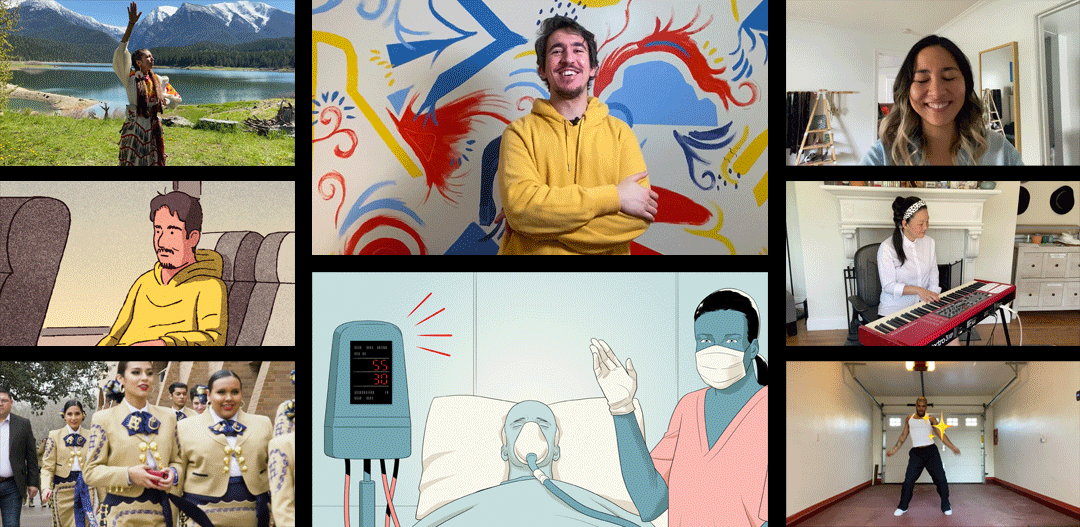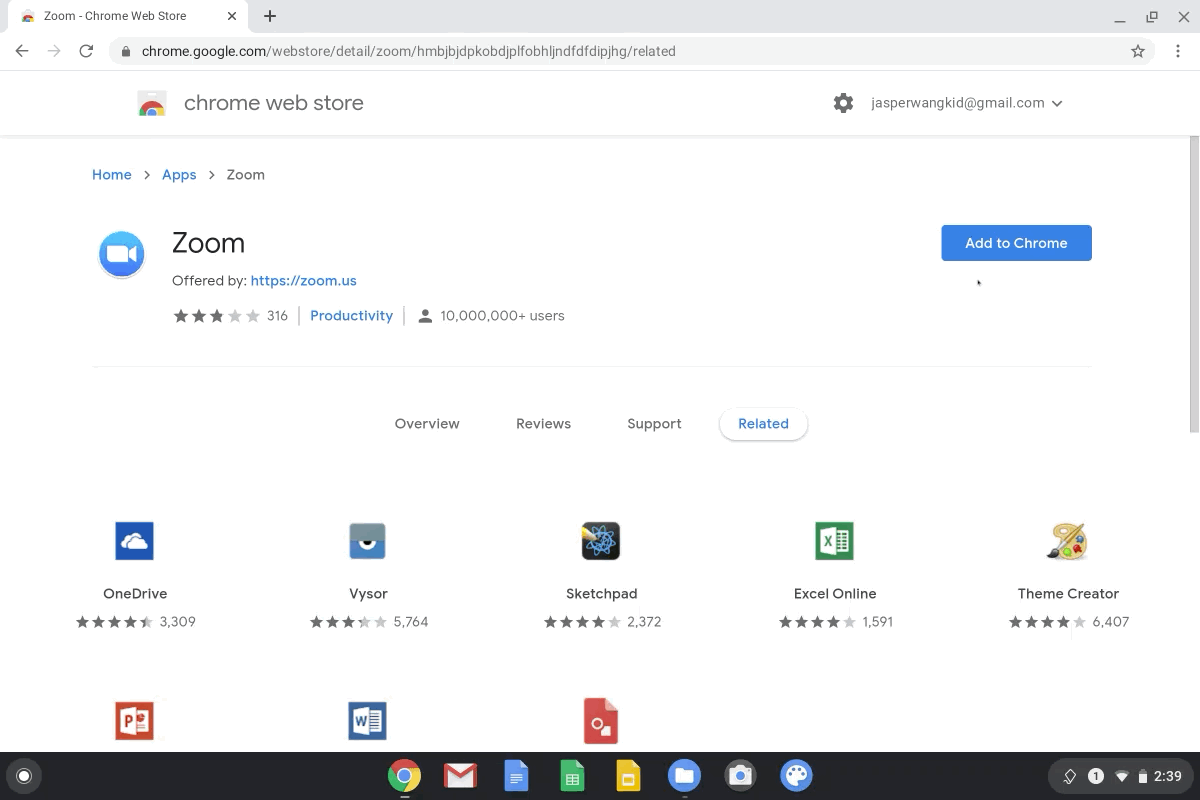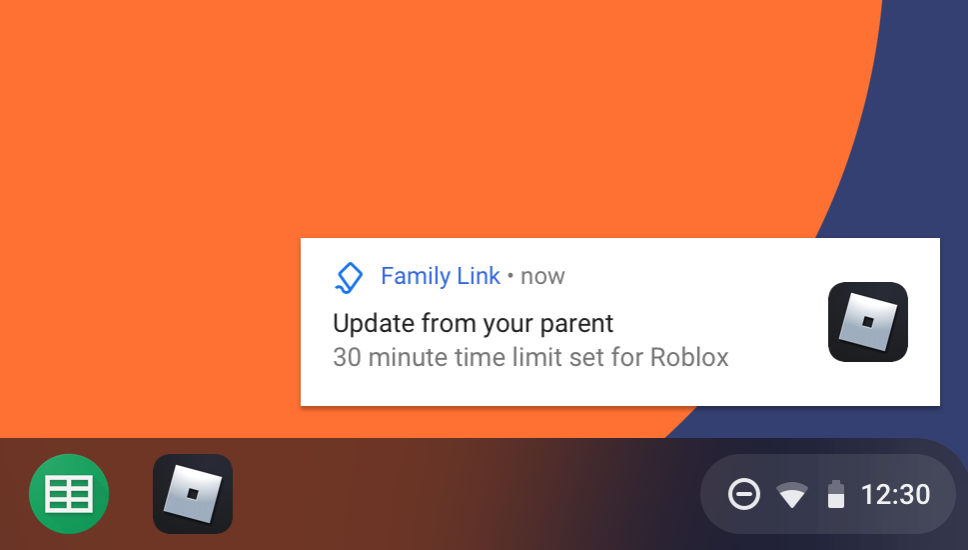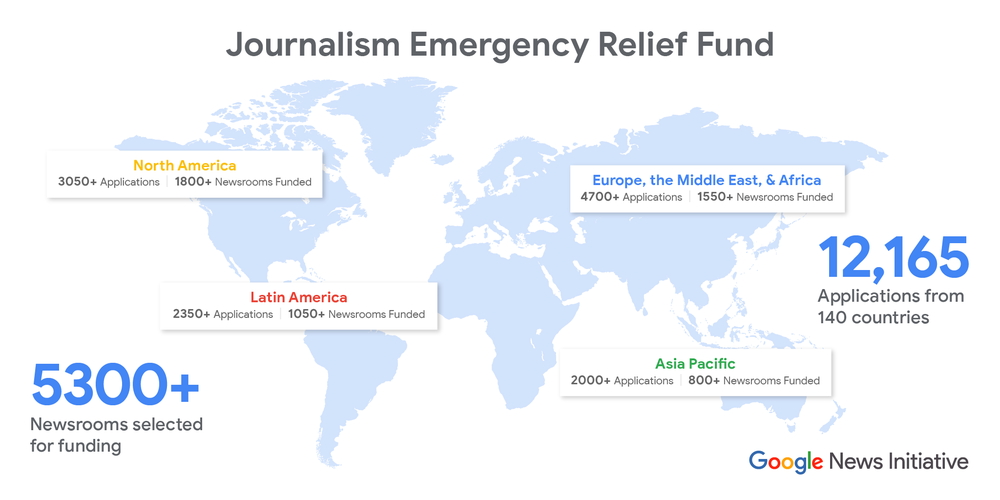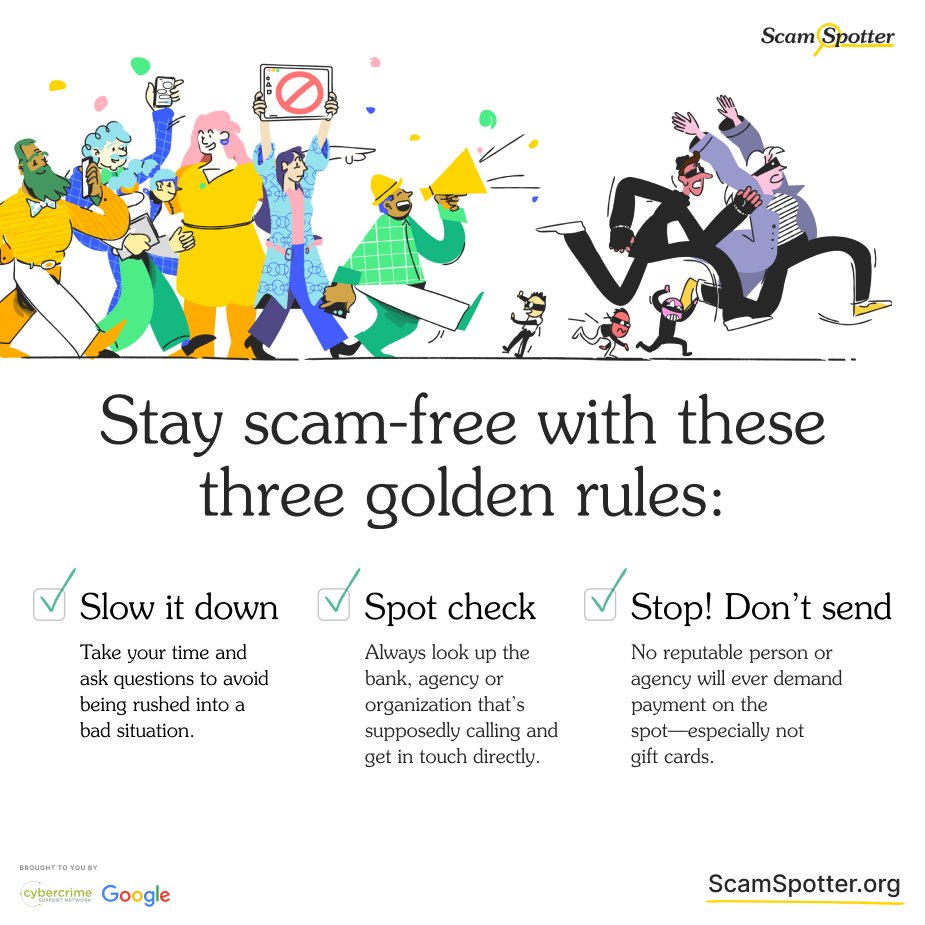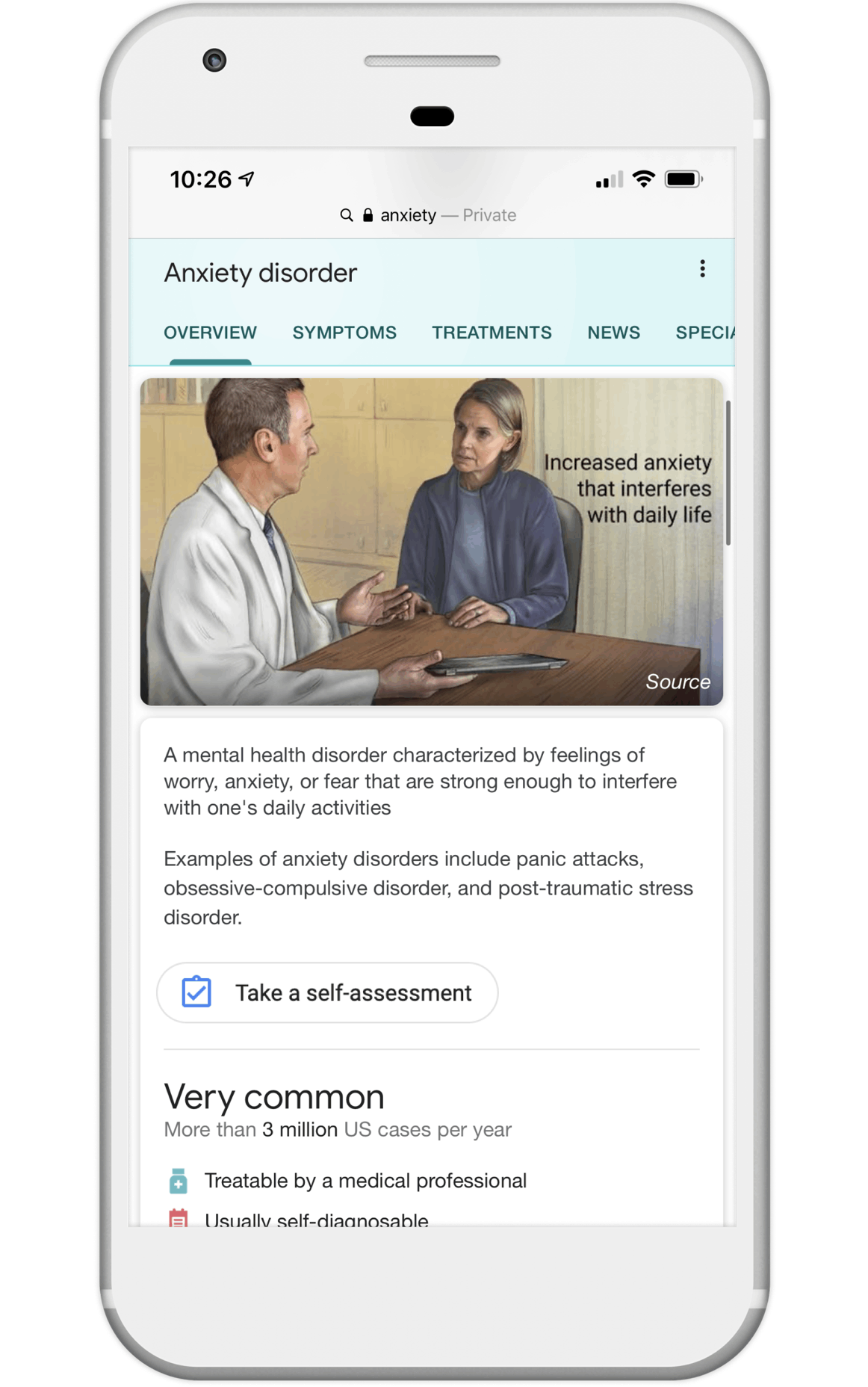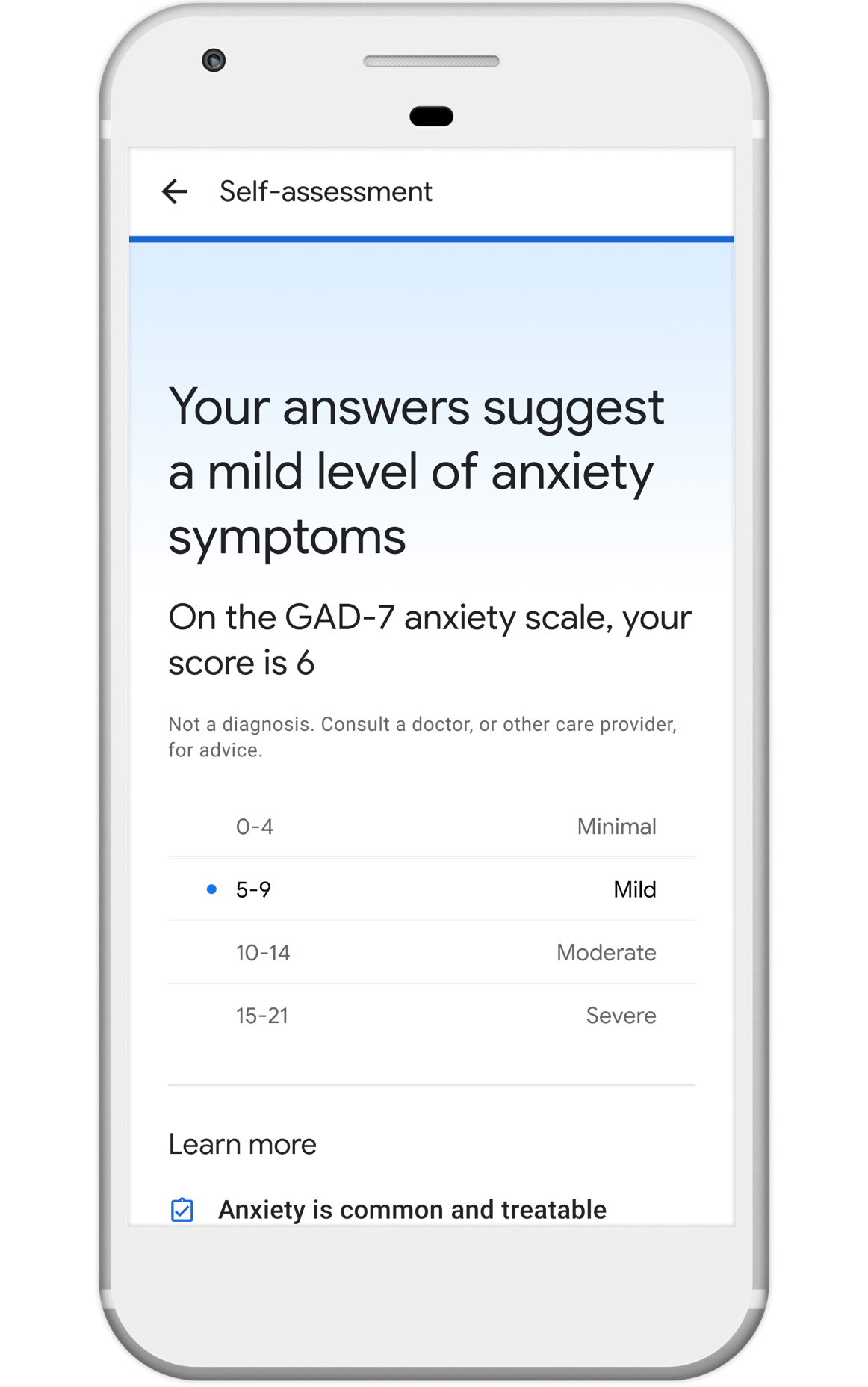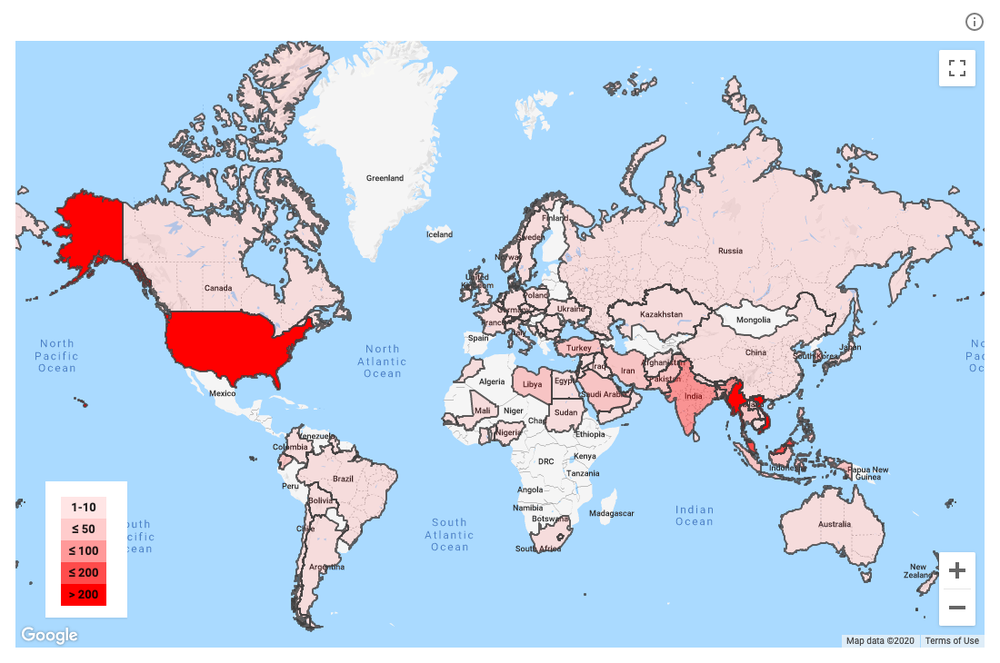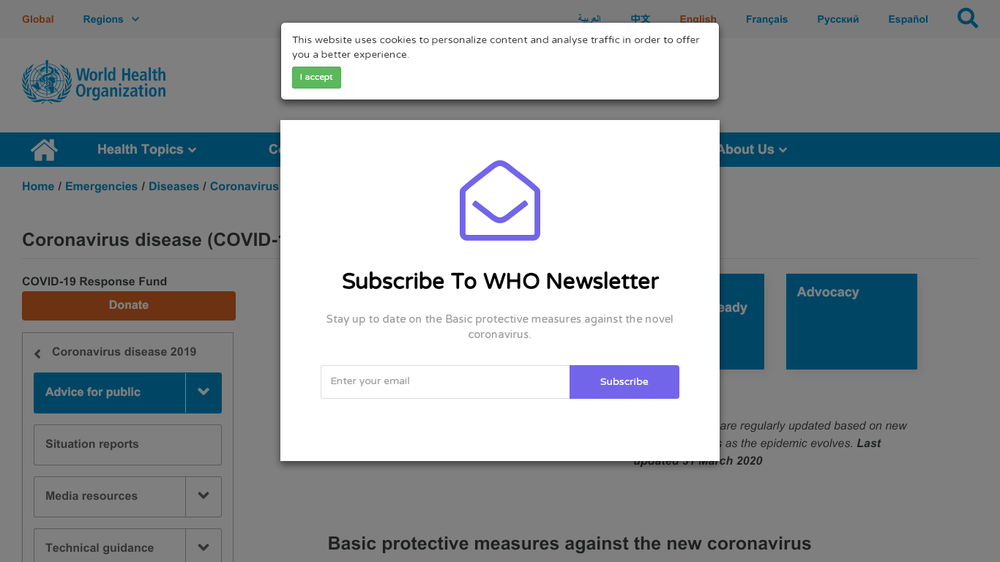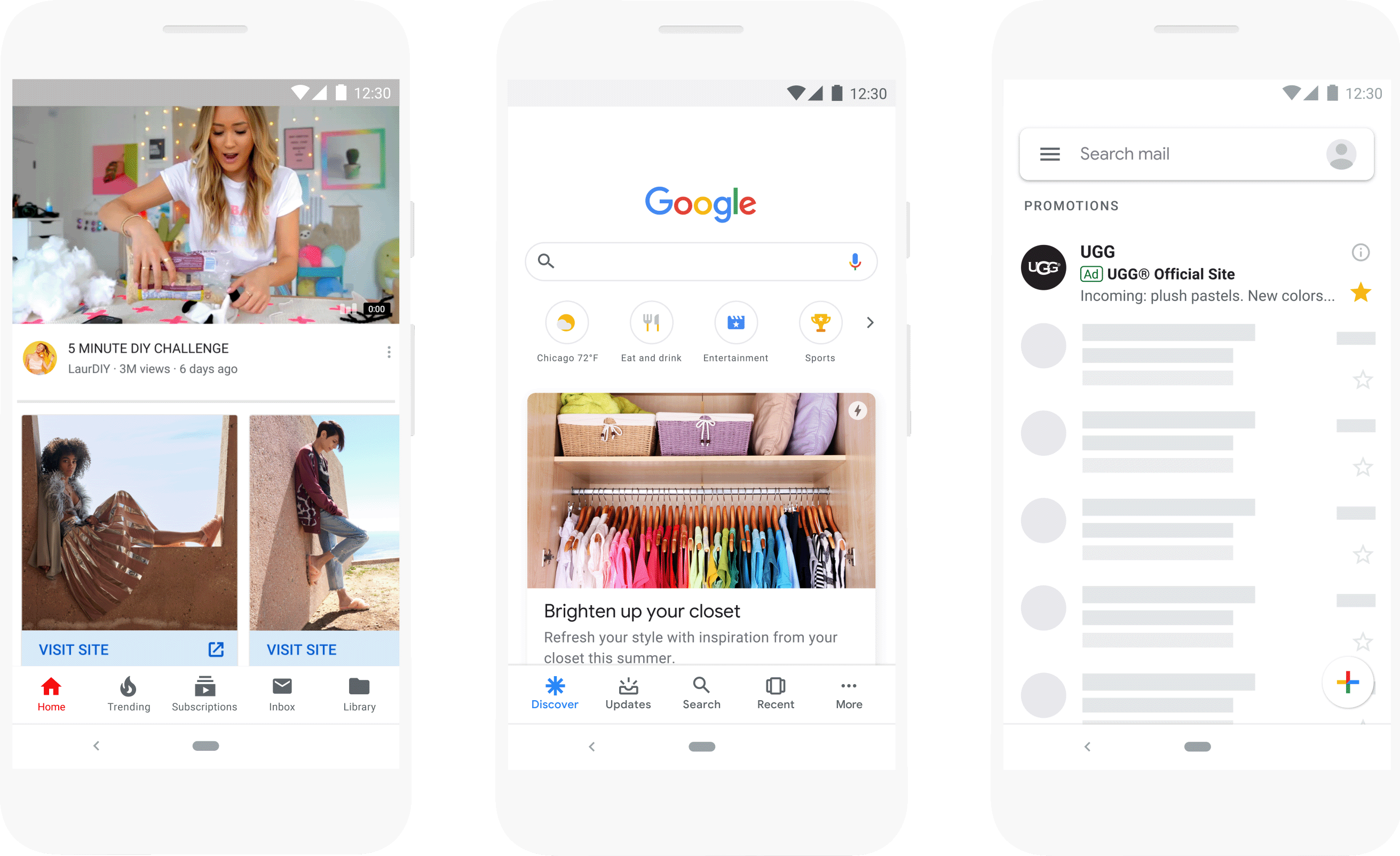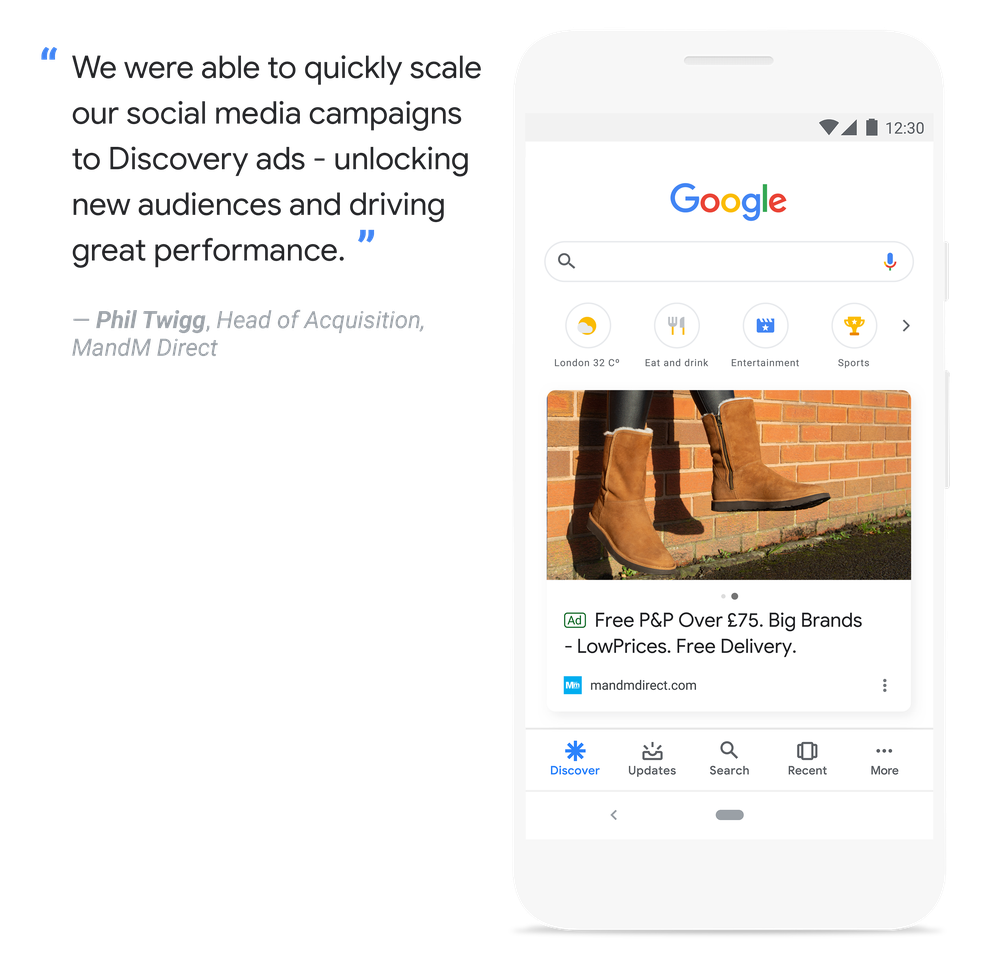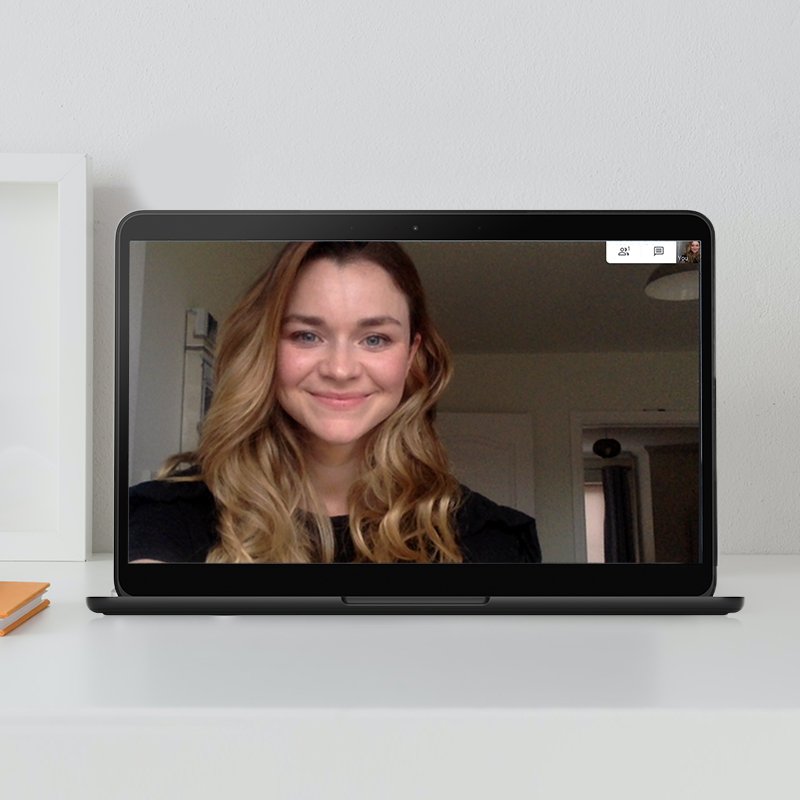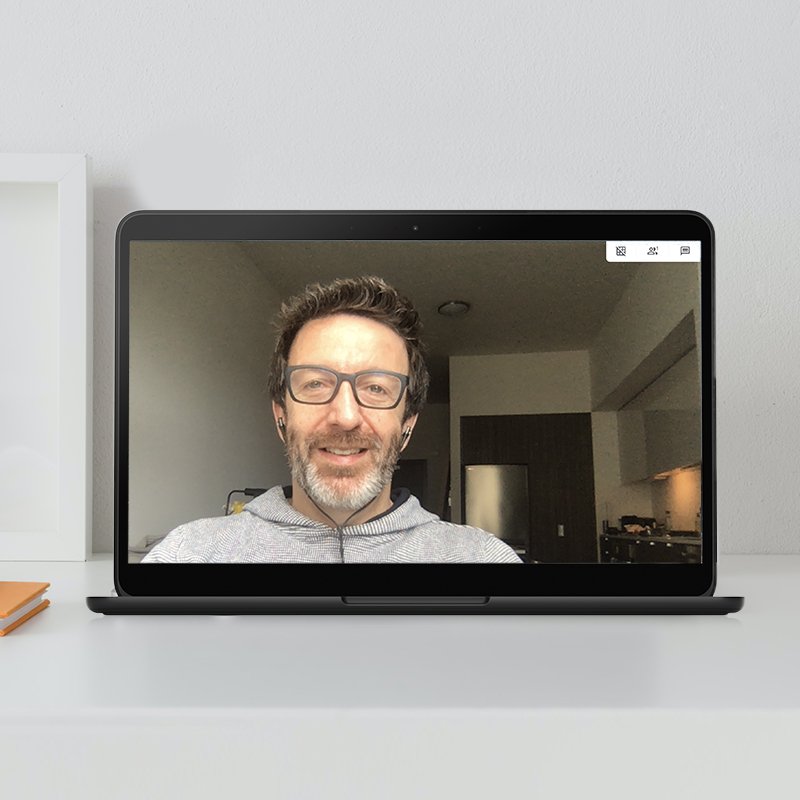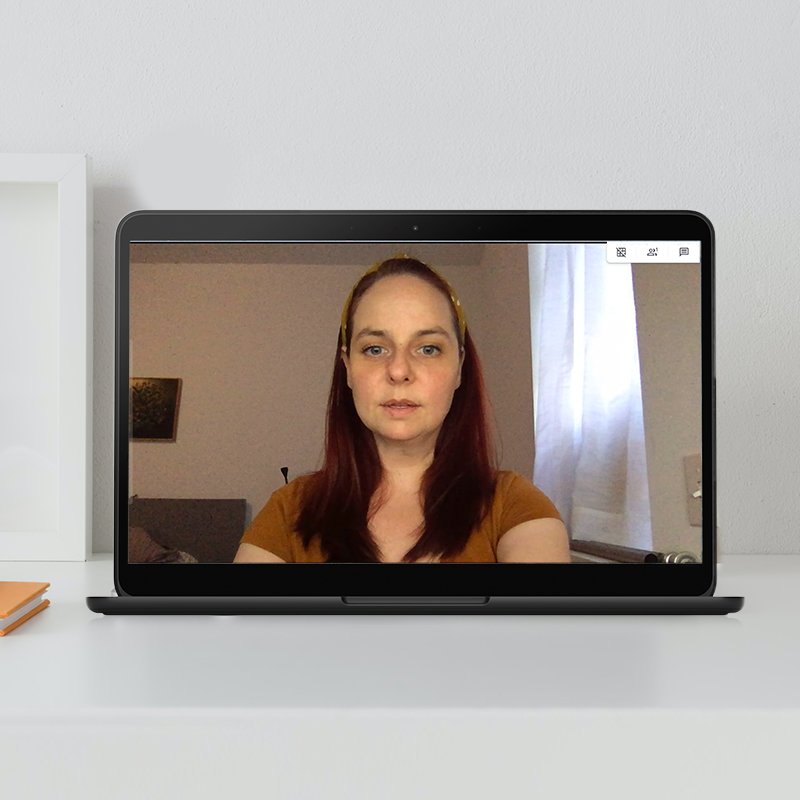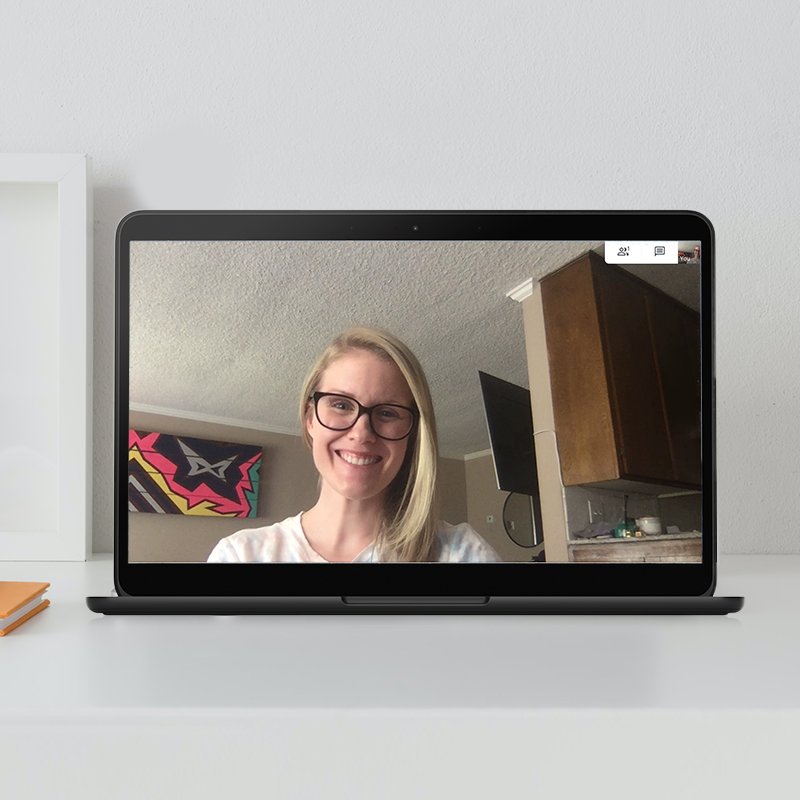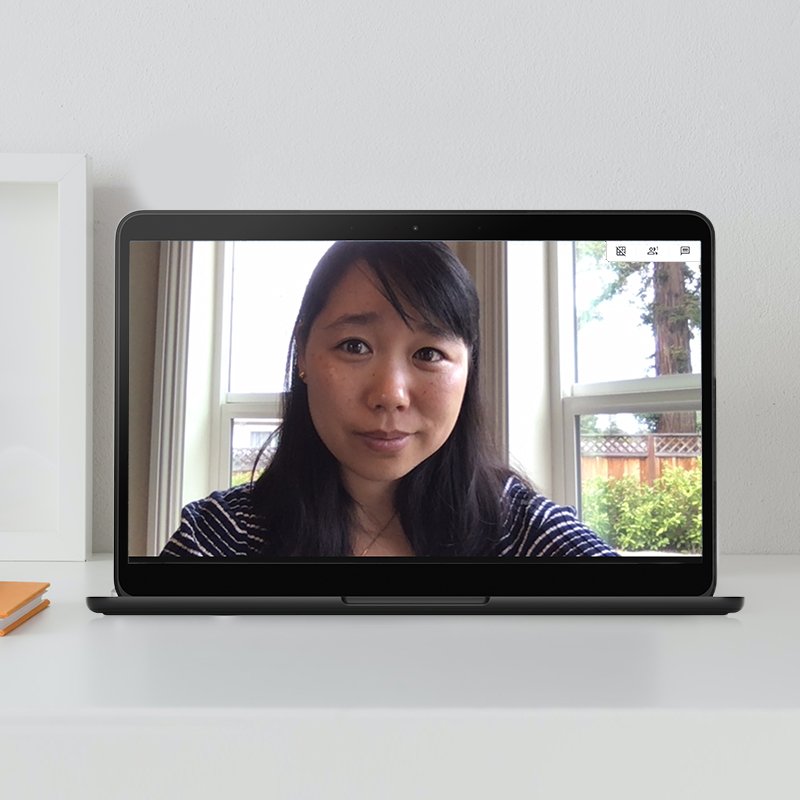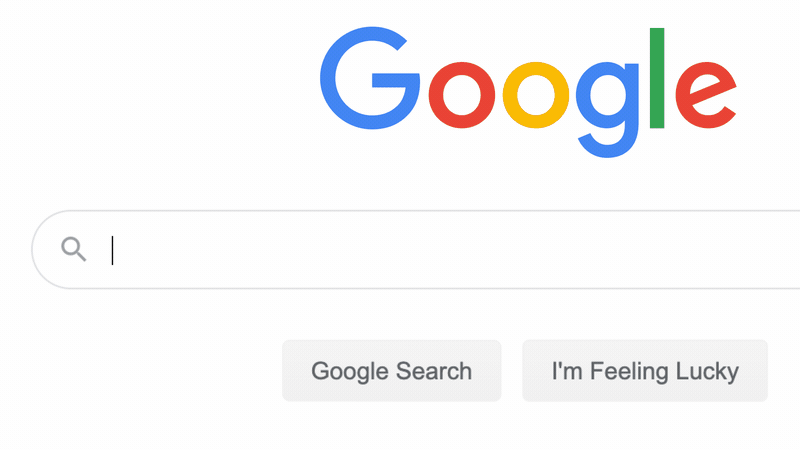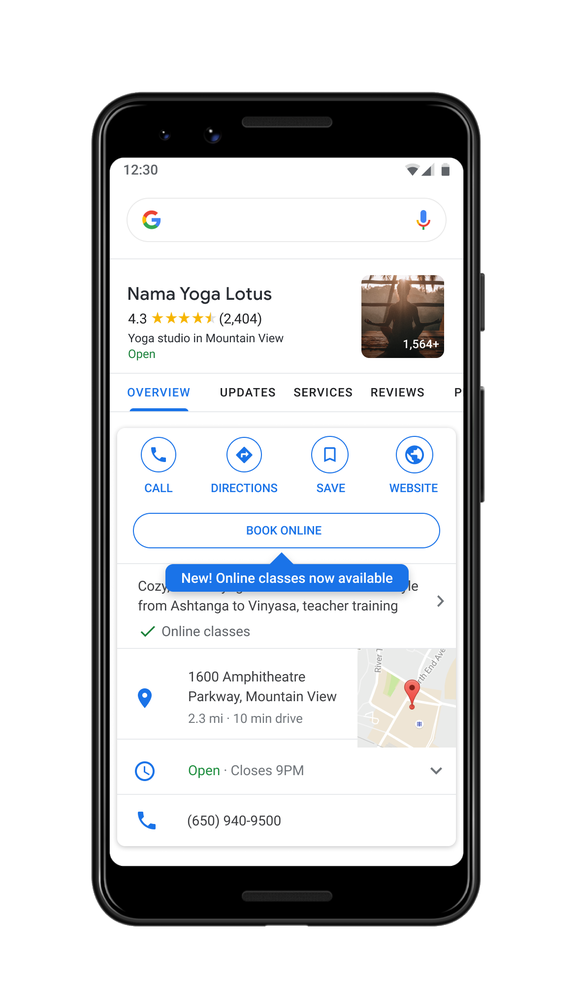As families continue to face the new realities of juggling work, school, and play at home, online tools can make the adjustment a bit smoother. We’re all spending more of our time on our devices, and Google has many products and programs to help families create healthy digital habits and help them stay safe online. From internet safety resources to parental controls, our products help families find and manage quality content and apps, tools for distance learning and virtual field trips. And behind the scenes, our teams work every day to protect our users and make our products safer for everyone.
Helping families and educators with distance learning resources
Families and educators are relying on digital platforms to provide access to online learning and educational tools during COVID-19. Our G Suite for Education tools can be used from any device and help more than 120 million teachers and students around the world work and learn together. To support distance learning, Google is offering premium Meet video conferencing features free for schools through September 30, 2020.
In March, we launched a new Teach from Home hub for teachers with information and resources so that they can keep teaching, even as many schools closed due to COVID-19. This hub includes tutorials, step-by-step guides, and inspiration for distance learning during school closures.
Our teams are working to provide opportunities for families to learn together at home, including the new YouTube Learn at Home families site, virtual field trips and explorations through Google Arts & Culture, and the global roll-out of our AI-enabled reading app, Read Along.
We created a dedicated Distance Learning Fund through Google.org to help educators and parents access tools and resources needed to provide learning opportunities for students. The Fund supports Khan Academy, Wide Open Schools by Common Sense Media, and DonorsChoose.
Helping families discover quality content for kids
Even outside school hours and virtual classrooms, kids are spending more time online so we’re helping parents find quality, age-appropriate content. The new Kids tab on Google Play makes it easier for parents to find enriching and engaging apps for their children. Teacher Approved apps must meet Play’s Designed for Families security and privacy requirements, and are reviewed and curated by teachers to identify fun and inspiring apps kids will love, with or without an educational focus. The Teacher Approved program launched in the U.S. in early April, and will be rolling out globally later in the year.
YouTube Kidshttps://www.youtube.com/kids/
offers a more contained environment for kids to explore their interests and curiosity. The app empowers parents to customize their child’s experience, including the content available to watch and how long they can use the app. Kids can access a range of helpful playlists on YouTube Kids right now, such as Healthy Habits, Learning and Indoor Activities. YouTube Kids is available in 79 countries on desktop, mobile and Smart TVs.Teaching kids how to be safe online and build healthy tech habits
We’ve continued to help families navigate technology, from helping parents set digital ground rules to providing resources for teaching kids how to be safer online.
The Family Link app from Google helps parents create healthy habits for their child or teen as they learn, play, and explore online. Parents can keep an eye on screen time with daily limits and a bedtime on Android and Chromebook devices. They can also help guide their child to better content with download approvals, per-app time limits and content filters. And SafeSearch is on by default for supervised child accounts, helping to filter explicit search results.
Be Internet Awesome teaches kids about digital literacy and online safety. The program offers free resources for educators and families to learn about these topics with a family guide and pledge, online safety coloring book, and simple online tips. The program features an interactive game, Interland, that reinforces internet safety concepts for kids in a fun and engaging way. It’s available globally in over 28 countries and 15 languages.
We’ve also partnered with other tech companies and The Global Partnership to End Violence Against Children (EVAC) to create a Public Service Announcement that helps parents keep their children safe online across platforms by providing resources on how to talk to kids about online risks, stay involved in their digital world, know who they’re connecting with, and use privacy and security settings. EVAC’s site dedicated to these resources includes information on how to block and report suspicious individuals to Google and other tech companies. We’re also working with industry partners, child protection nonprofits, and experts on other initiatives to improve child safety across the broader digital ecosystem.
Online classes, quality content, and collaboration tools are important ways to stay connected from home, and we’re proud of the work our Security and Trust & Safety teams do to ensure families can enjoy these, and all Google products, more safely.
by Kristie Canegallo via The Keyword
